TG6502 is a simple single board computer built around the 6502 CPU. It is still in development, but the ultimate goal is to have roughly the following features:
- 32k of RAM
- 128K of EEPROM, bank switched
- RS-232 serial port
- VGA interface
- Some kind of keyboard interface (possibly PS/2 or USB)
- SD-Card for data storage
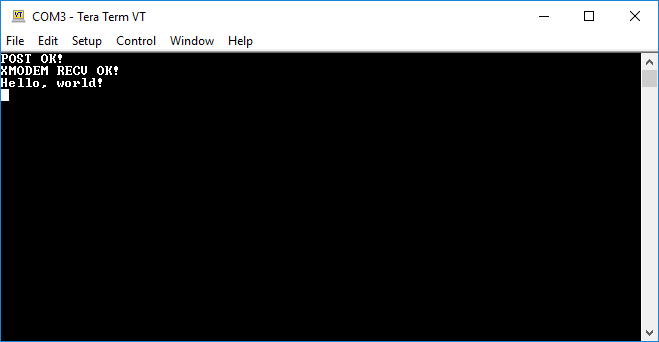

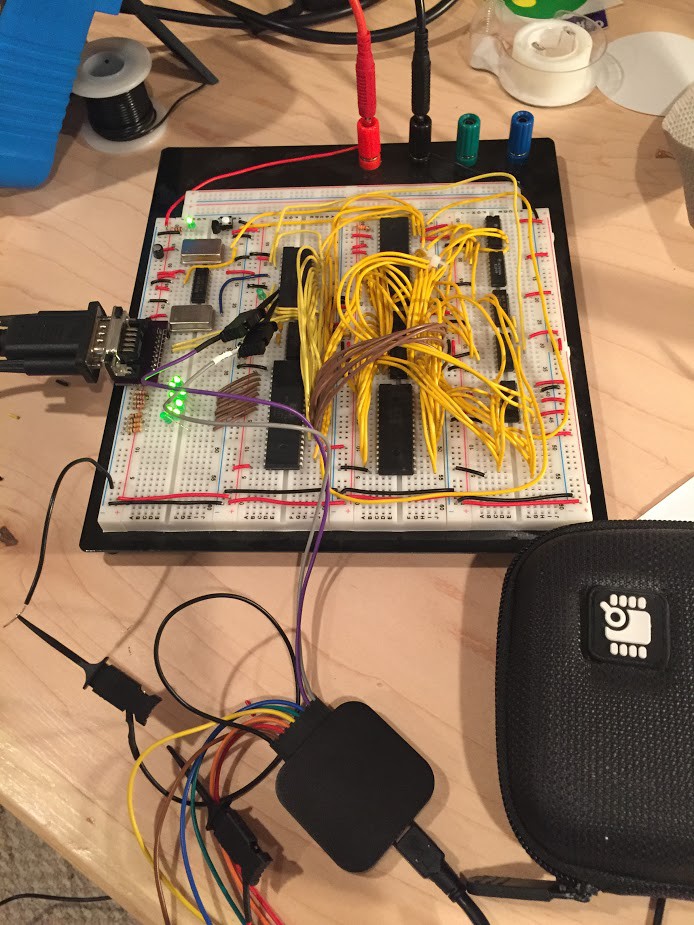
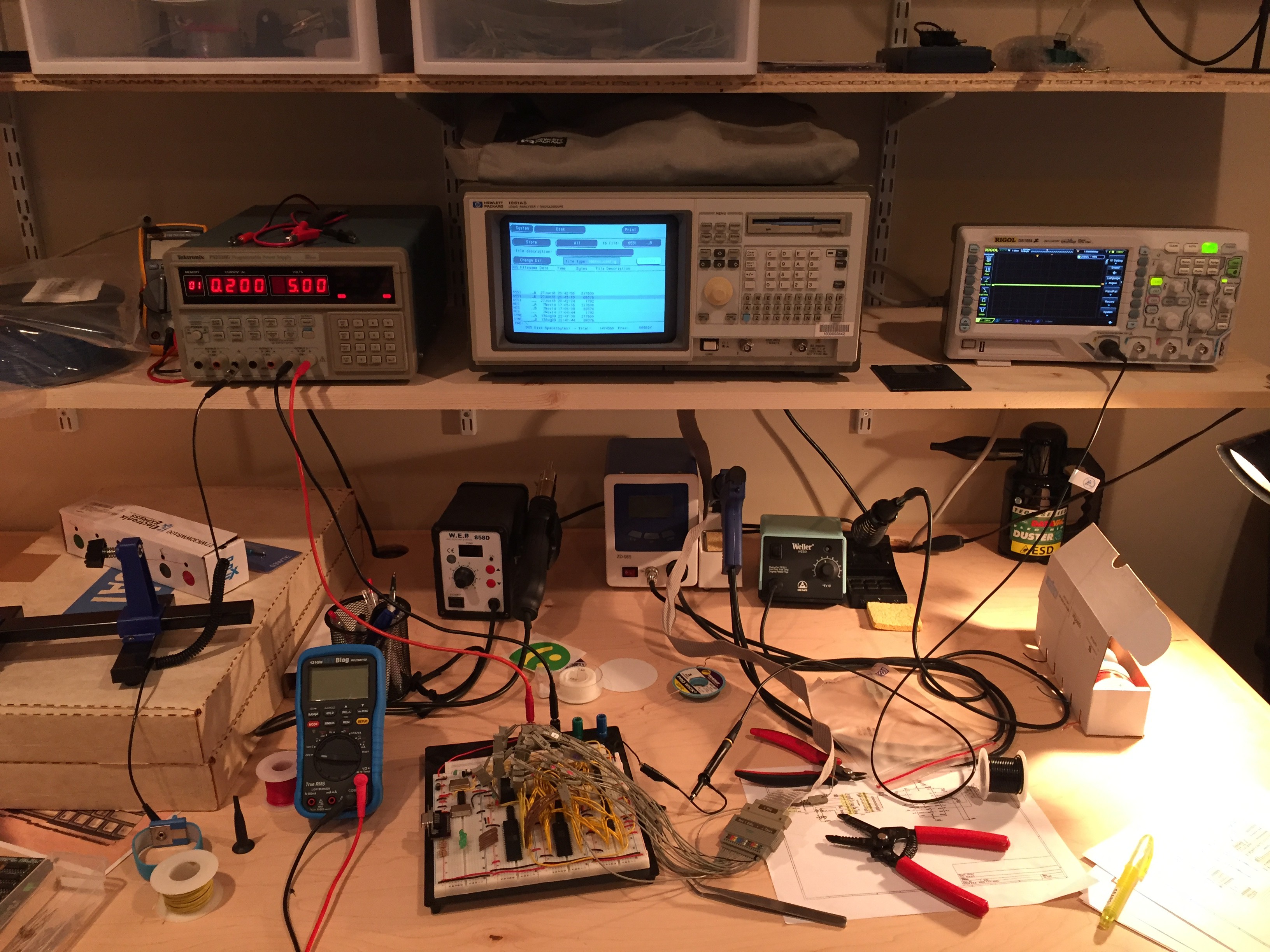

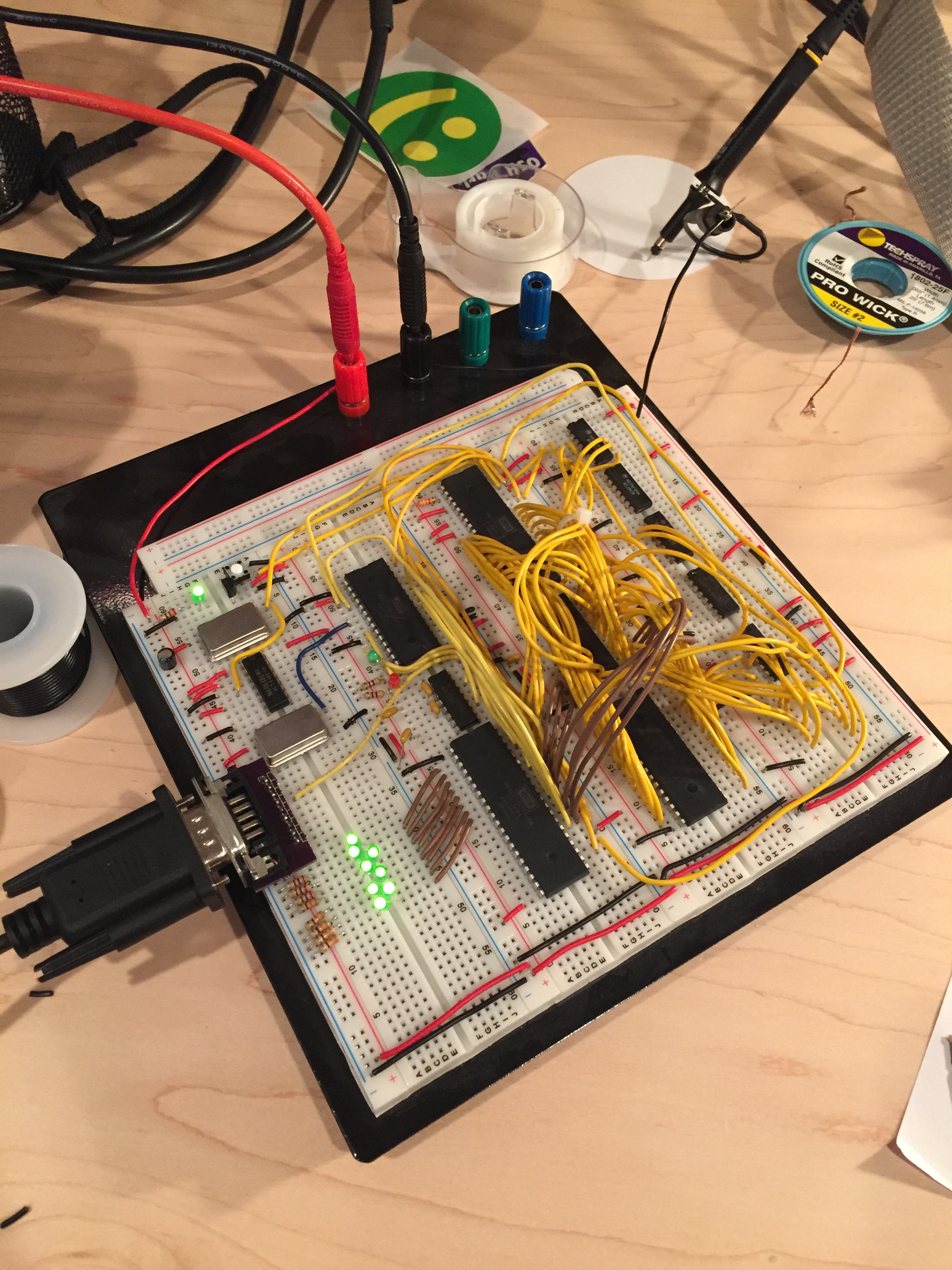
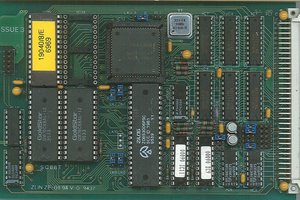
 Keith
Keith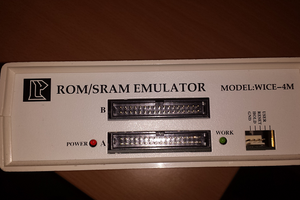
 forthnutter
forthnutter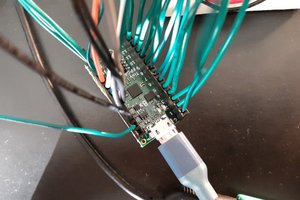
 Nick Bild
Nick Bild
 Colin Maykish
Colin Maykish